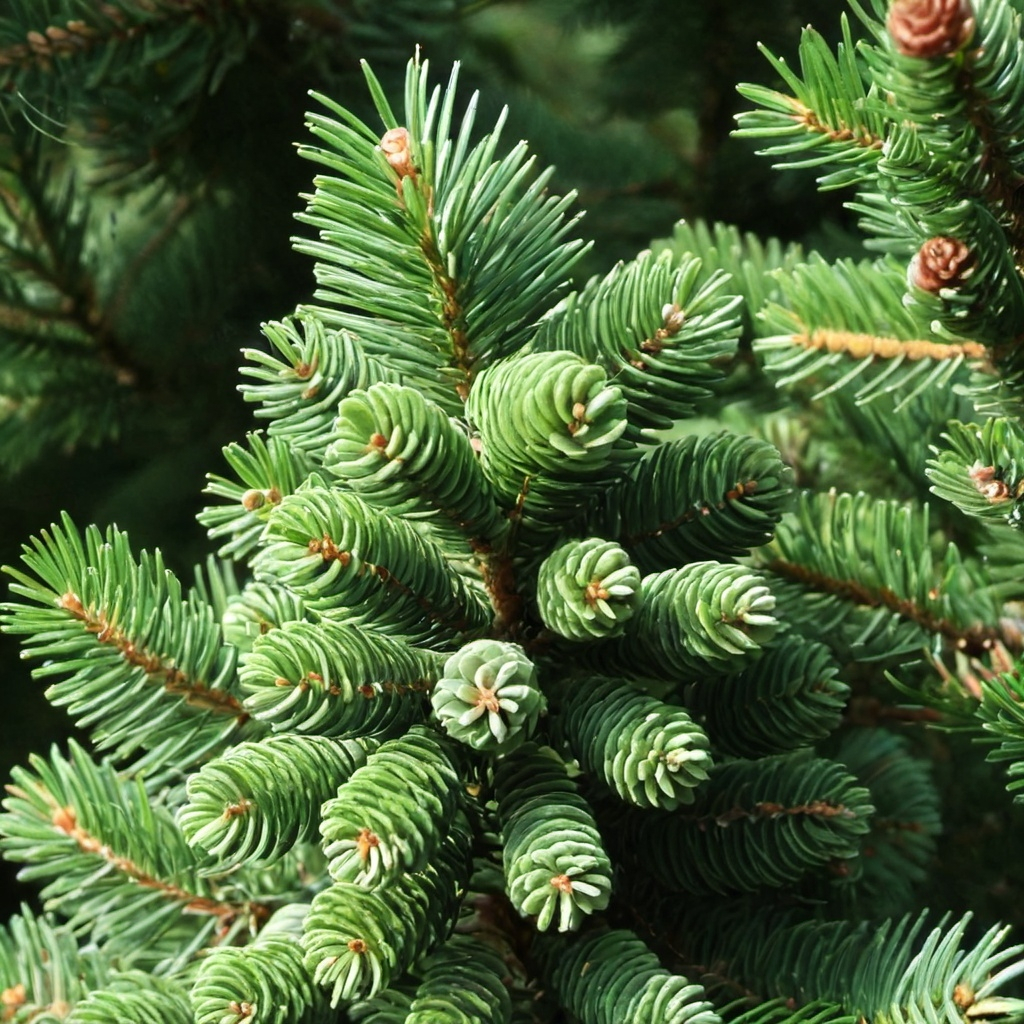Rocky Mountain Fir Tree Seeds
Rocky Mountain Fir Tree Seeds
Couldn't load pickup availability
Rocky Mountain Fir Tree Seeds
(Abies lasiocarpa)
Abies lasiocarpa (commonly known as the Subalpine fir or Rocky Mountain fir) is a species of fir native to the mountains of western North America.
Description
- Size: Subalpine fir is a medium-sized evergreen tree that typically grows to a height of 20-30 meters (66-98 feet), though it can occasionally reach heights of up to 40 meters (131 feet).
- Trunk: The trunk is straight and cylindrical with a diameter of 1-2 meters (3.3-6.6 feet).
- Bark: The bark is smooth and gray with resin blisters when young, becoming rough and fissured with age.
- Leaves: The leaves are needle-like, 1.5-3 cm (0.6-1.2 inches) long, and are arranged spirally on the shoots. They are bluish-green on the upper side and have two broad, pale bands of stomata on the underside.
- Cones: The cones are cylindrical, 6-12 cm (2.4-4.7 inches) long, and purplish when young, maturing to brown. They disintegrate at maturity to release the seeds.
Habitat
- Range: Abies lasiocarpa is found in the high mountains of western North America, from southern Alaska and the Yukon, through British Columbia, Alberta, and the western United States, including the Cascades, Sierra Nevada, and the Rocky Mountains, down to New Mexico and Arizona.
- Elevation: It typically grows at high elevations, from 900 to 3,650 meters (3,000 to 12,000 feet), often near the tree line.
Growth and Ecology
- Soil: Prefers well-drained, acidic soils and is often found on rocky slopes and in subalpine meadows.
- Climate: Thrives in cool, moist climates and is tolerant of cold temperatures and heavy snowfall.
- Succession: Often a pioneer species in subalpine regions, it can quickly colonize areas disturbed by fire or other events.
Uses
- Wood: The wood is soft and lightweight, used for paper production and general construction.
- Ornamental: Subalpine fir is sometimes planted as an ornamental tree in parks and large gardens due to its attractive, conical shape and blue-green needles.
Zones: 5 to 7
Stratification Requirement: 30 days cold moist stratification.
Planting Instructions:
Stratification: Mimic natural winter conditions by placing the seeds in a zip lock bag with moist seed starting mix. Place the bag in your fridge for 30 days. This process breaks seed dormancy and promotes germination.
Sowing: Prepare a well-draining seed-starting mix. Sow the seeds on the surface, pressing them gently into the soil without covering them completely.
Moisture and Humidity: Keep the soil consistently moist but not waterlogged. Using a humidity dome or plastic cover can help maintain high humidity levels, which is beneficial for seed germination.
Light and Temperature: Provide bright, indirect light and maintain a cool to moderate temperature range to simulate the natural conditions of subalpine fir environments.
Transplanting: Once the seedlings are large enough to handle, transplant them into individual pots or directly into the ground in a location with well-drained soil and partial shade to full sun.
Care and Maintenance: Water regularly, especially during dry periods, and protect young seedlings from extreme weather conditions and pests.
Share


